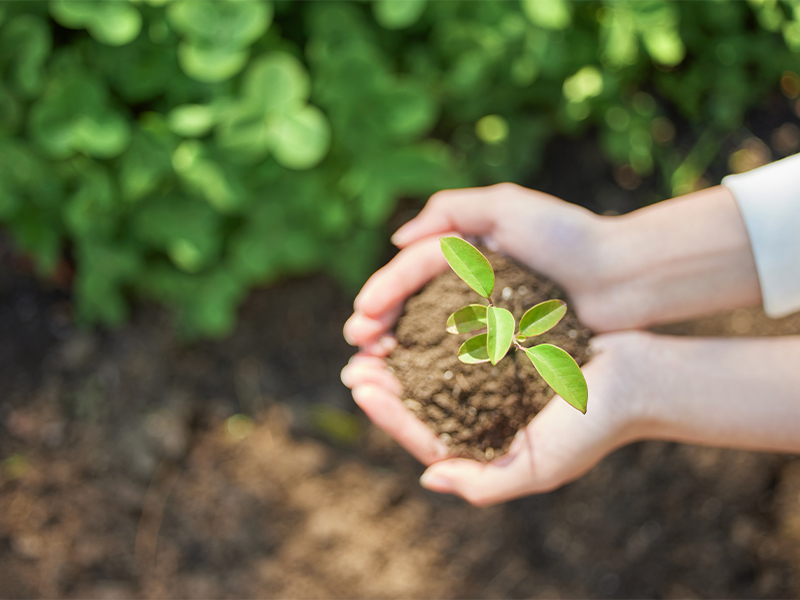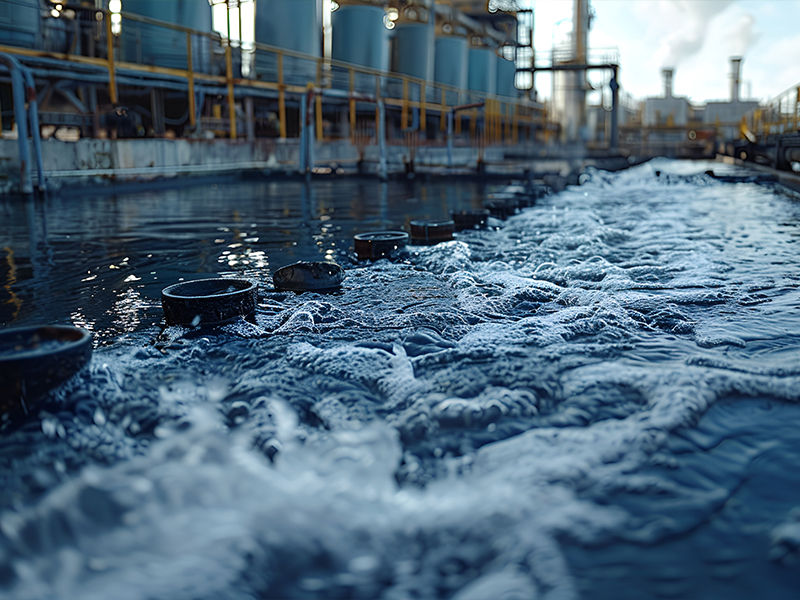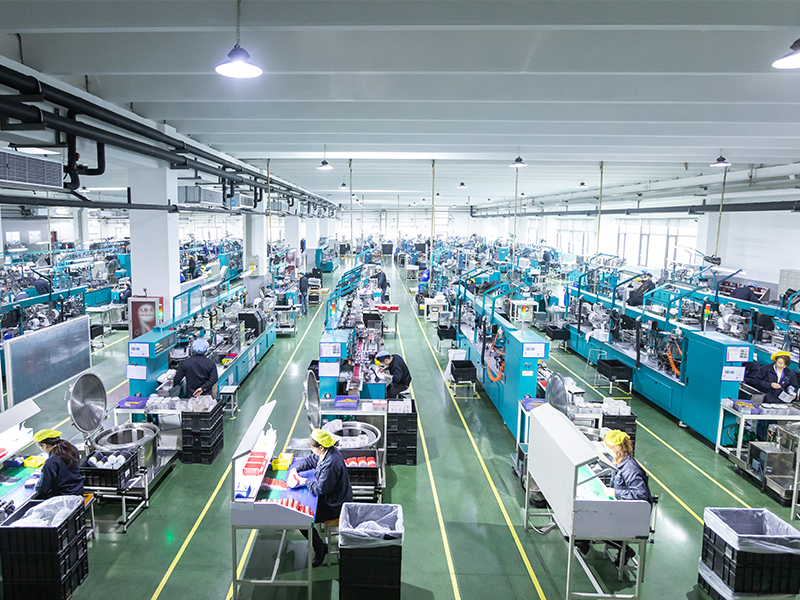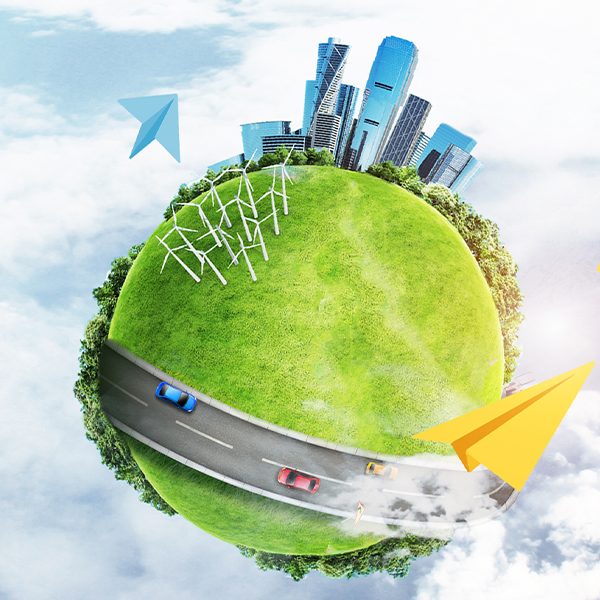Environment is Lingkey's top priority
To achieve our environmentally friendly goals,we use lead-free solder and recycled materials, and have invested in a lot of advanced equipment and hired professional personnel. This can reduce the electronic waste produced by PCB manufacturing and help protect the environment.


PCB wastewater treatment achieves resource recovery and pollutant reduction by adopting advanced technology and environmentally friendly materials, effectively promoting ecologically friendly production methods. This not only helps the manufacturing industry meet environmental standards but also reduces environmental impact and promotes sustainable development.

PCB Material: Driving Environmental Responsibility
Printed Circuit Boards (PCBs) are integral to modern electronics but have a profound impact on the global environment. From the extraction of raw materials to production and disposal, PCB material usage presents challenges such as resource depletion, waste generation, and chemical contamination. Addressing these concerns is critical as the demand for electronics continues to rise globally.

How PCBs Are Made and Environmental Optimization
PCB production involves several stages:
Material Preparation
The base materials, such as copper and fiberglass, are extracted and processed.
Etching
Chemicals create conductive pathways on the copper layers.
Lamination and Assembly
Multiple layers are combined using adhesives, followed by component placement.
Testing and Finishing
Functional testing ensures the PCB meets the required standards.

Each step can lead to environmental hazards, including greenhouse gas emissions, water pollution, and hazardous waste. To mitigate these effects, manufacturers are adopting greener practices:
- Utilizing eco-friendly PCB materials like biodegradable or recyclable substrates.
- Minimizing chemical usage by adopting dry processing techniques.
- Recycling copper and other metals from manufacturing scrap.
- Switching to renewable energy sources to power production facilities.
- Incorporating smart manufacturing techniques to reduce material wastage.
Innovations for a Greener Future
In addition to Lingkey’s measures, advancing technology is paving the way for eco-friendly solutions in PCB manufacturing. For example, 3D printing offers a low-waste alternative to traditional etching. Moreover, biodegradable PCB material is becoming a viable option, reducing the environmental burden at the end of a product’s life cycle. Research and development are also focused on reducing the reliance on harmful chemicals in PCB production, such as replacing traditional etchants with water-based or organic alternatives. Additionally, modular PCBs, designed for easy disassembly, allow for better recyclability and reusability of components. By adopting these strategies, Lingkey and the industry are shaping a sustainable future where PCB material choices contribute to innovation without compromising the planet.

Lingkey’s Commitment to Environmental Protection
Lingkey has implemented several initiatives to reduce the environmental footprint of PCB manufacturing:
01.Use of Sustainable Materials
By prioritizing PCB material that is recyclable and non-toxic.
02.Energy Efficiency
Optimizing processes to minimize energy consumption in production facilities.
03.Waste Management
Establishing robust systems for recycling PCB scrap and reducing landfill waste.
04.Water Conservation
Using closed-loop systems to reduce water waste and prevent contamination.
05.Green Supply Chains
Partnering with suppliers that align with sustainable practices.
06.Emissions Reduction
Installing advanced filtration systems to reduce airborne pollutants and greenhouse gas emissions.
07.Employee Training
Educating employees on sustainable practices and responsible waste disposal.

